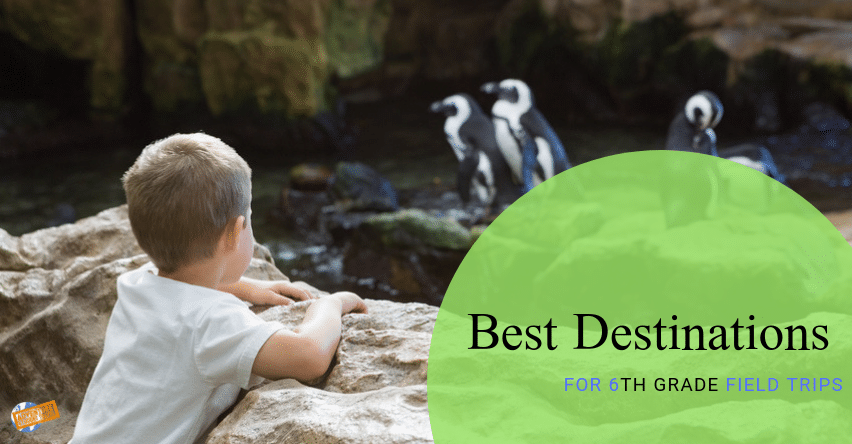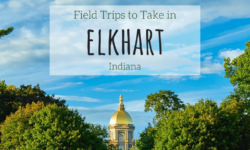6th Grade is a seriously pivotal time in your student's educational lifetime. This is the period in which they have so much energy and interest to learn that it's best to jump on it while you can and show them unbelievably fascinating things about our world.
That's why we think field trips are so crucial during this age! But we understand, sometimes it can be hard deciding just where to take your group, how to get there, and how to budget your trip properly. Don't worry, that's why we're here!
Here are our top 5 suggestions for 6th-grade field trip destinations across America!
Be sure to check out these resources from our team during your pre-planning field trip process!
Independence Hall
Your students are going to love Independence Hall, the Philadelphia hot spot where you can learn all about the history of the Declaration of Independence and United States Constitution.
We like this option so much for 6th graders because they can take part in a ranger-led historical program and learn in-depth facts about the purpose of various rooms, historic artifacts, and of course, the Declaration of Independence. The park that the hall sits on also holds the Liberty Bell and Congress Hall!
SUBJECTS EXPLORED: History, Living History, American History
The Alamo
Not only is the Alamo one of the most visited historic spots in the United States, but it is also located in the City of San Antonio, a city chock-full of educational adventures waiting to be had.
Originally a missionary outpost and one of five Spanish Catholic missions in San Antonio, the Alamo eventually became a military fort and the site of a 13-day siege between a small band of brave Texans against the army of Mexican General Santa Anna in 1836.
Come by the Alamo on your trip to San Antonio and experience Texas history. Ask questions to docents and park rangers, take a self-guided tour of the Alamo Shrine and see the engraved names of those brave fighters who held off the invading Mexican army, visit the Long Barrack Museum, the Wall of History, and much more!
SUBJECTS EXPLORED: History, American History, Revolutionary History
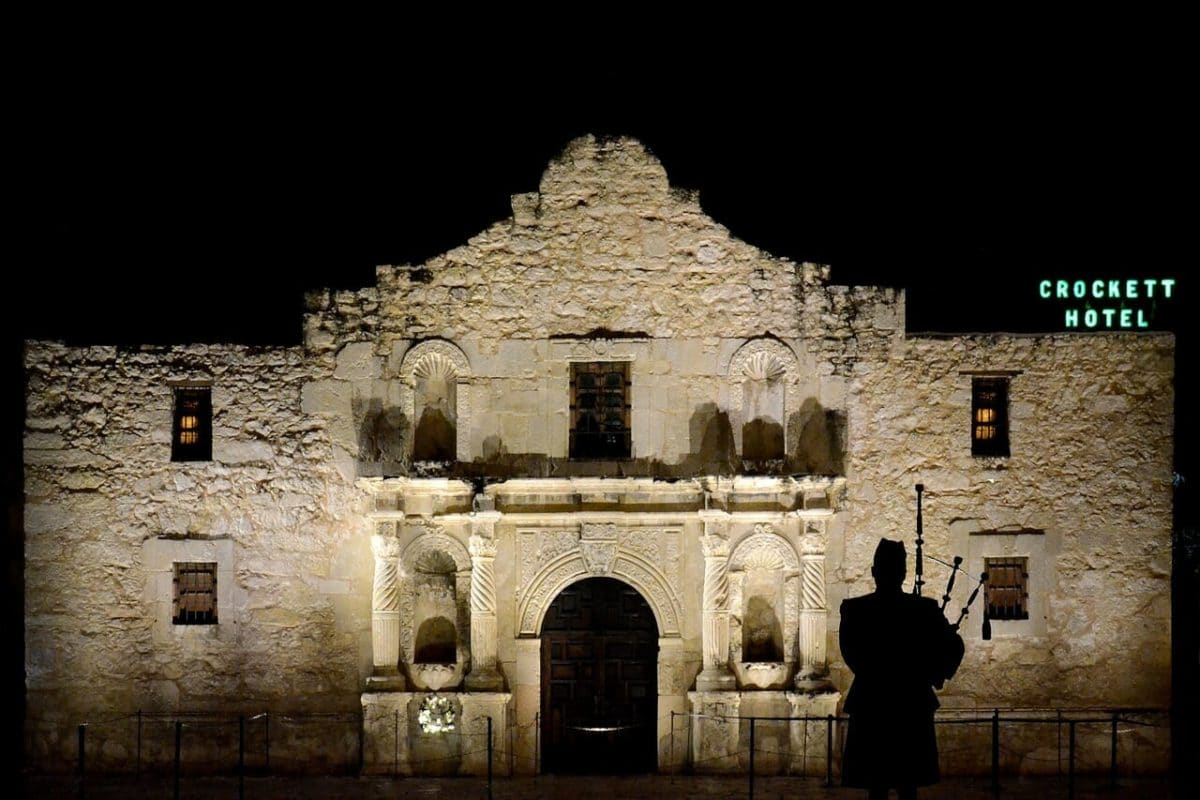
The Alamo at Night Pixabay Public Domain
Lincoln Park Zoo
What better way to immerse your energetic 6th graders into the world of natural science and zoology than by taking them on a trip to a zoo? Especially when that zoo is in Chicago, another city jam-packed with educational opportunities galore.
This zoo is free and holds around 200 different species, totaling to about 1,100 total animals from all around the world. With expertly designed habitats, delicious food booths, and informational programs, the Lincoln Park Zoo is the perfect destination for a day away from the hustle of the city!
Education programs for schools, summer camps, and guided zoo tours are available to learn more about conservation practices used at the zoo and further animal information.
SUBJECTS EXPLORED: Science, Zoology, Ecology, Conservation
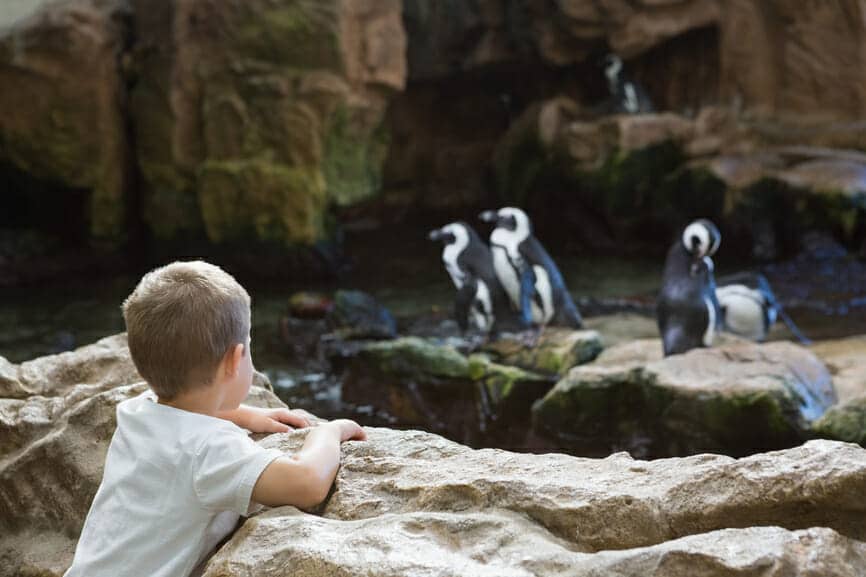
Penguins Stockfresh Public Domain
Atlanta Botanical Garden
You may think of Coca-Cola or CNN when you first think of Atlanta, but did you know they have a really spectacular Botanical Garden?
Atlanta's Botanical Garden sits on 30 acres of lush landscape and is considered to be one of the very best in the nation. The themed gardens here rotate seasonally, giving your students insight into local flora and flora from all around the world. You can see everything from a traditional rose garden to a conservatory full of tropical and desert plants of rare, threatened, and endangered species. Explore varieties of orchids, learn about edible plants and sustainable practices at the Edible Garden, or take young ones by the Children's Garden to experience hands-on learning in a natural environment.
SUBJECTS EXPLORED: Science, Ecology, Conservation, Horticulture
Yellowstone National Park
One of our favorite things to suggest as a field trip for 6th graders, and young students in general, is a trip to a national park. And what better national park than Yellowstone, home to Old Faithful and over 300 more little geysers.
Located in Wyoming, Montana, and Idaho, this park is in one of the last nearly intact temperate-zone ecosystems. Your students will be able to explore one of the world’s largest petrified forests, 300 waterfalls, thousands of miles of trails, 2,000 camp, and picnic sites, and the largest high altitude lake, Lake Yellowstone.
They will also learn that this mountain wilderness is home to grizzly bears, wolves, bison, elk, and over 76 other mammal species, not including the 377 species of birds and 16 species of fish. Not only is the animal world quite diverse within this subalpine forest, but there are also over 1,100 native plant species, 200 exotic plant species, and over 10,000 thermal features in total! Talk about an educational opportunity!
SUBJECTS EXPLORED: Ecology, Archeology, Natural History, Conservation
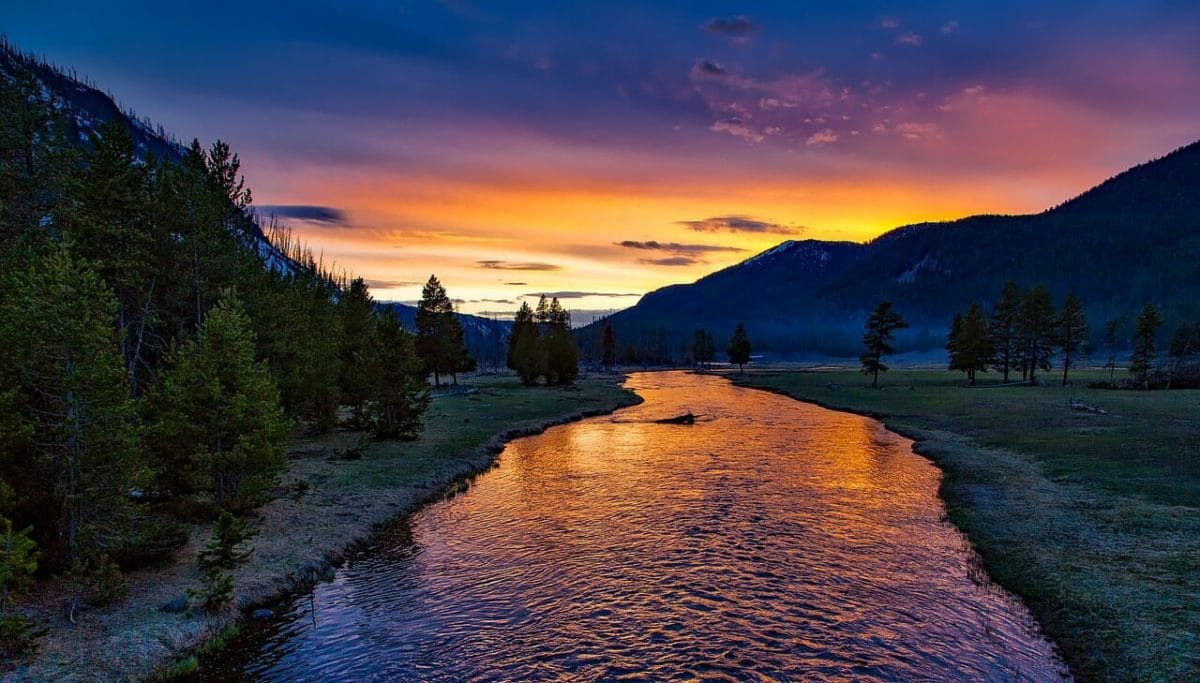
Yellowstone National Park Scenery Pixabay Public Domain

